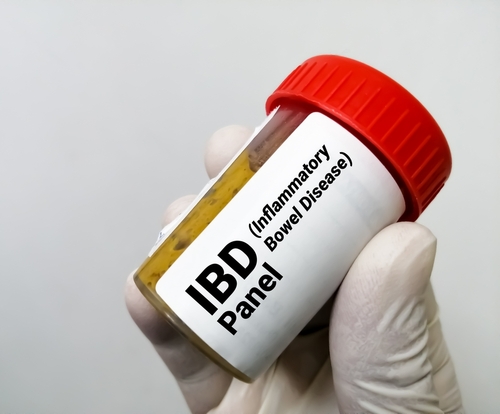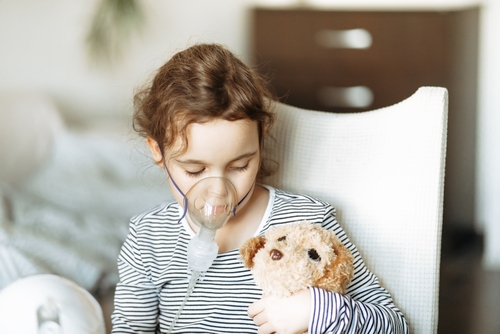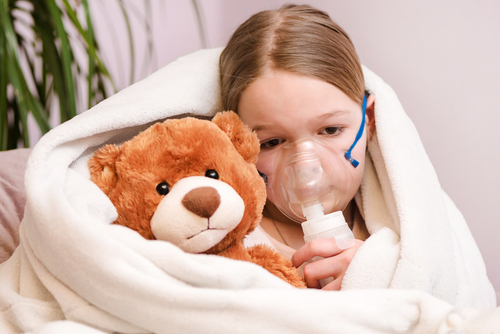
A new study shows that for patients with chronic obstructive pulmonary disease (COPD) and hypercapnia, the use of home noninvasive positive pressure ventilation (NIPPV) via bilevel positive airway pressure (BPAP) is associated with a lower risk of death, hospitalization, and intubation compared with no device. However, BPAP use failed to improve quality of life. The study appeared yesterday in JAMA.
To conduct this study, researchers combed MEDLINE, EMBASE, SCOPUS, Cochrane Central Registrar of Controlled Trials, Cochrane Database of Systematic Reviews, National Guideline Clearinghouse, and Scopus for all articles (in English) published from January 1995 to November 6, 2019. They focused on randomized clinical trials (RCTs) and observational studies that enlisted COPD patients with hypercapnia who used home NIPPV for over one month. Overall, a total of 21 RCTs and 12 observational studies evaluating 51,085 patients (mean age, 65.7, 43% women) with COPD were included in the study.
The primary endpoint was defined as mortality, all-cause hospital admissions, need for intubation, and quality of life. The researchers evaluated risk bias in the RCTs using Cochrane Collaboration risk of bias tool and assessed the nonrandomized studies using the Newcastle-Ottawa Scale.
The results of the study showed that there were 434 deaths and 27 patients who underwent intubation. The researchers observed that in COPD patients, BPAP compared with no device was appreciably linked with lower risk of mortality (22.31% vs 28.57%; risk difference [RD], −5.53% [95% CI, −10.29% to −0.76%]; odds ratio [OR], fewer patients with all-cause hospital admissions (39.74% vs 75.00%; RD, −35.26% [95% CI, −49.39% to −21.12%]; OR, 0.22 [95% CI, 0.11-0.43], and lower need for intubation (5.34% vs 14.71%; RD, −8.02% [95% CI, −14.77% to −1.28%].
However, the findings also showed that there was no significant difference in the total number of all-cause hospital admissions (rate ratio, 0.91 [95% CI, 0.71-1.17]; P = .47; 5 studies; 326 patients; SOE, low) or quality of life (standardized mean difference, 0.16 [95% CI, −0.06 to 0.39]; P = .15; 9 studies; 833 patients; SOE, insufficient).
In our systematic review published today in JAMA we found that home BPAP therapy in patients with COPD and hypercapnia is associated with reduced mortality, less patients being admitted to hospital and less need for intubations compared to no device. https://t.co/C8CEMaxYeM
— Claudia Dobler (@ClaudiaCDobler) February 4, 2020
“In this meta-analysis of patients with COPD and hypercapnia, home BPAP, compared with no device, was associated with lower risk of mortality, all-cause hospital admission, and intubation, but no significant difference in quality of life,” the researcher authors wrote in conclusion.
“Noninvasive HMV, compared with no device, was significantly associated with lower risk of hospital admission, but there was no significant difference in mortality risk. However, the evidence was low to moderate in quality, the evidence on quality of life was insufficient, and the analyses for some outcomes were based on small numbers of studies.”
Clearly need higher quality evidence but showing great support for home NIPPV (BiPAP) in #COPD.
Important #pallipulm trigger.
If only our pts could get better insurance support for it.
@JAMANetworkOpen @CMSGov
@pallipulm https://t.co/xJpPkeZSdQ— Anand S. Iyer, MD, MSPH (@anandiyermd) February 4, 2020
1/2
Home NIPPV in Chronic Obstructive Pulmonary Disease: A Systematic Review and Meta-analysisHEADLINE NEWS
Lower risk of mortality (22.3% vs 29.2%)
=NNT 14
Lower all-cause hospital admissions (39.7% vs 75.0%)
=NNT 3
No effect on QOLhttps://t.co/vlSeVJ4meW— Prof. Nicholas Hart (@NickHartGSTT) February 5, 2020







 © 2025 Mashup Media, LLC, a Formedics Property. All Rights Reserved.
© 2025 Mashup Media, LLC, a Formedics Property. All Rights Reserved.